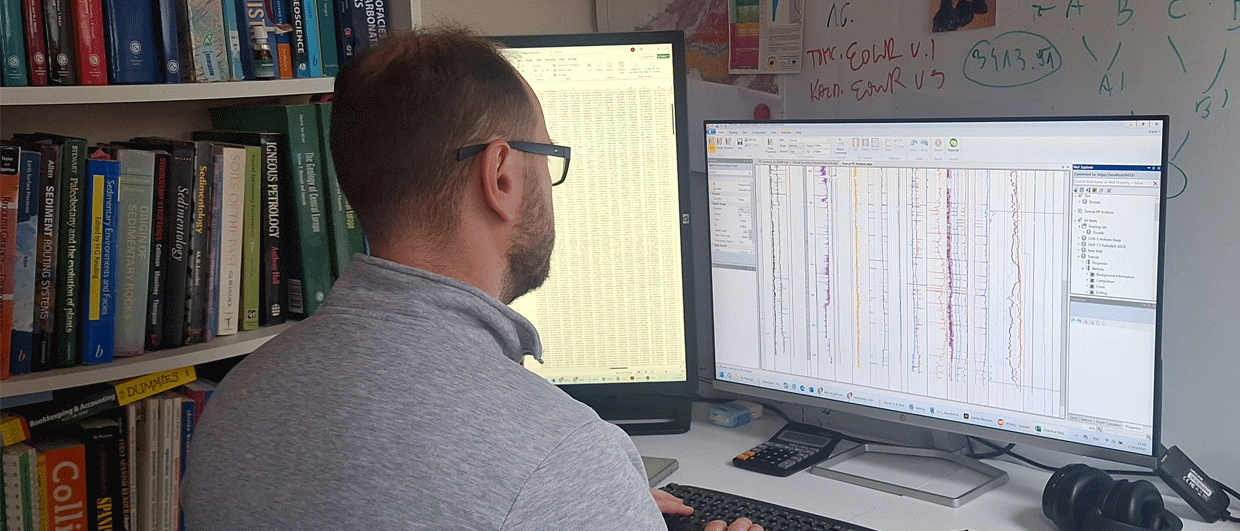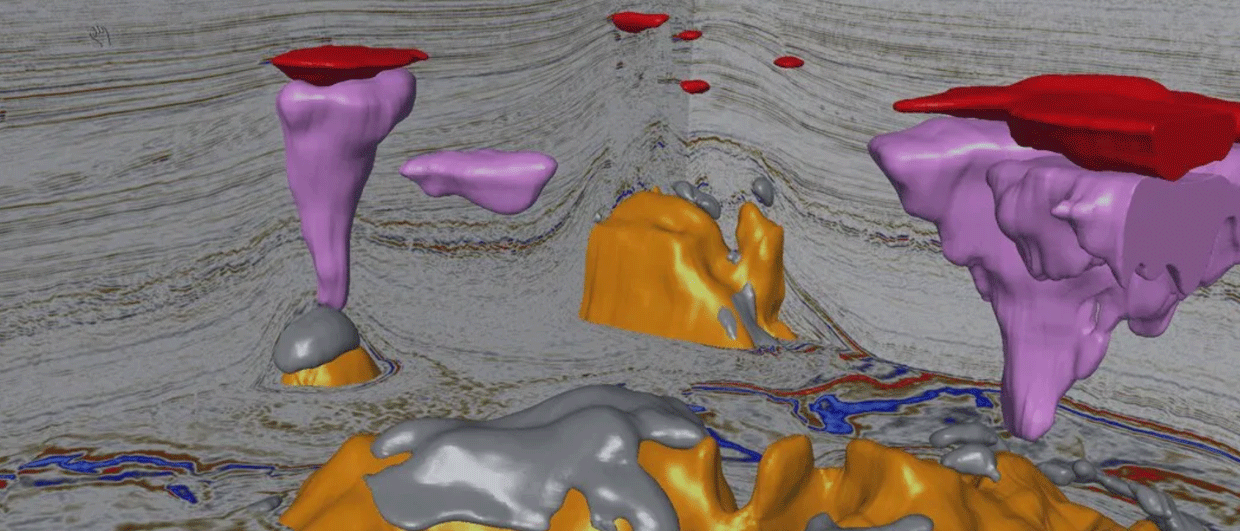Expronews spoke to Turid Øygard and Malgorzata Kusak from the Norwegian Oil and Gas Association to find out more about this project, which is called the “Released Wells Initiative – digital cuttings project.” “Until recently nobody could have foreseen this would actually happen, but the circumstances were right to go for it this time,” says Turid. The background to this project is a KonKraft report approved by the KonKraft Council published in 2019.
KonKraft is a body in which all oil and gas companies active on the Norwegian Continental Shelf come together and thereby steer the national agenda in the petroleum sector. Its mission is to maintain the competitiveness of the NCS, so that Norway remains an attractive area for investment by the Norwegian and international oil and gas industry, including suppliers and the maritime sector.
“One idea that kept coming back during the KonKraft meetings was to drill a number of stratigraphic wells in places where the geology is relatively unknown. In this way, knowledge would be gathered which could subsequently be used by individual companies to further de-risk the area through drilling exploration wells,” Turid adds.
However, the cost of drilling stratigraphic wells formed a barrier towards implementing this idea. At that point, Halvor Jahre, former head of exploration at Lundin Energy, proposed to ditch the idea of drilling wells, but analyse the long-neglected material already stored in warehouses instead. Cuttings do represent the real geology, and the information hidden in these samples may well uncover the clues leading towards new plays or play extensions.
Also, the analyses carried out on the samples will shed more light on the overburden composition and properties, which is important in well abandonment, drilling depleted reservoirs and storing CO2 and shallow gas/HSE. And last but not least, the cost of even analysing all cuttings from the 1640 exploration and appraisal wells on the NCS is more or less the same as drilling one stratigraphic well, with much more data being gathered through this project.
“For these reasons, the idea immediately got broad support,” Malgorzata Kusak says. She leads the project on behalf of Norwegian Oil and Gas. She closely collaborates with a project team consisting of Welsh company RockWash and Norwegian company Stratum Reservoir, who are now analysing hundreds of cuttings a day in a special laboratory equipped for the job.
The cutting samples are first washed, dried and photographed, and then subjected to non-destructive analyses to determine the mineral composition (XRF) and white light and UV light photography.
In addition, a limited number of cuttings are subjected to destructive analyses. These include QemScan, TOC and XRD and are currently making up about five percent of the wells (75). If it then turns out that the results are interesting enough, more relevant samples are being used for the same analyses.

The task is to systematically analyse all drill cuttings from the vast majority of exploration and appraisal wells released before 1 January 2019. Cuttings are mostly collected every 10 meters, and every 3 meters through the reservoir.
With 300-400 samples on average per well, we will end up having analysed 600,000 samples. Therefore, this is a very large digitisation project. “We started the work in October last year,” Malgorzata says, “and we aim to finish the project in 2022.”
The companies paying for the work to be done will have exclusive rights to the data for two years, after which it will become available to all DISKOS subscribers.
Read more about the project and its partners here (in Norwegian).
HENK KOMBRINK
Analyses performed:
XRF: Determines the chemical composition of the minerals
QemScan: Acronym for Quantitative Evaluation of Materials by Scanning Electron Microscopy. Quantitative analysis of the mineralogical composition of rocks.
SpecCam: Analyzes the distribution of minerals and hydrocarbons in a rock sample with an infrared camera.
TOC: Total organic carbon
XRD: Determines the mineral composition of rocks




